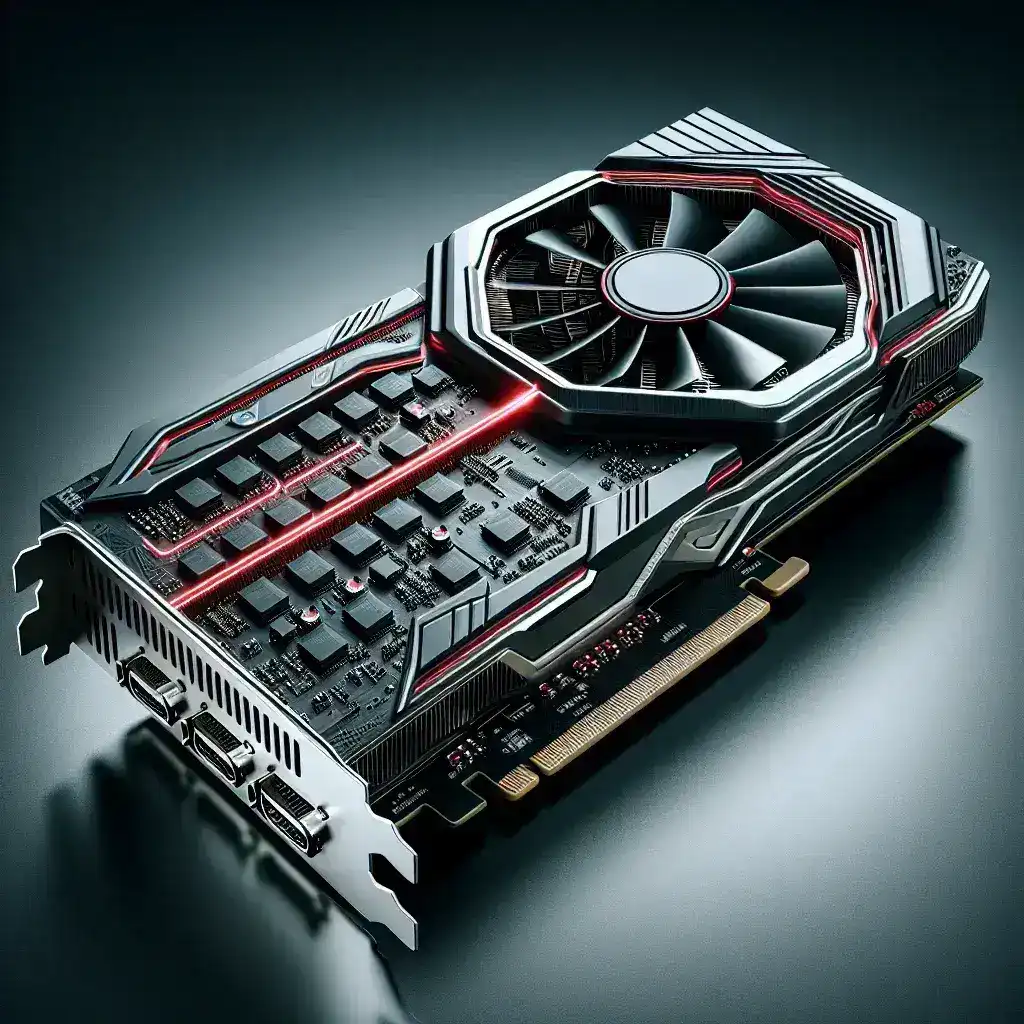With rapid advancements in technology, the line between traditional computer interfaces and interactive displays continues to blur. Among the most significant developments in this space are LCD monitors integrated with touchscreens. These devices combine the visual clarity of Liquid Crystal Display (LCD) technology with the intuitive usability of touchscreen functionality. But are LCD monitors with touchscreens available in the market? If so, what advantages do they offer, and how do they differ from their non-touch counterparts?
Understanding LCD Technology
LCD, or Liquid Crystal Display, technology has become a standard for monitors due to its high-quality display, energy efficiency, and compact design. LCD monitors use liquid crystals sandwiched between two layers of glass or plastic substrates. When an electric current is applied, these crystals align to allow or block light, thus creating images on the screen.
Advantages of LCD Monitors
- Energy Efficient: Consumes less power compared to older display technologies like CRT.
- High Resolution: Capable of displaying high-definition images with accurate color representation.
- Lightweight: Easy to mount and transport due to their slim profile.
Integration of Touchscreen Technology
Touchscreen technology has revolutionized how we interact with devices. It enables users to manipulate data and navigate interfaces directly through their screens using fingers or styluses. When combined with LCD monitors, touchscreen functionality offers a seamless, intuitive user experience.
Types of Touchscreen Technologies
Several types of touchscreen technologies can be integrated with LCD monitors:
- Resistive Touchscreen: Uses two conductive layers separated by a small gap, which come into contact when touched.
- Capacitive Touchscreen: Uses a layer of capacitive material that holds an electrical charge; touch disturbs this charge, allowing for the detection of the point of contact.
- Infrared Touchscreen: Uses an array of IR emitters and receivers to detect touch by measuring the interruption of the light beams.
- Surface Acoustic Wave (SAW) Touchscreen: Uses ultrasonic waves; the touch is detected by measuring the changes in these waves.
Advantages of LCD Monitors with Touchscreen
Integrating touch functionality into LCD monitors offers several advantages, making them a popular choice for various applications.
Enhanced Interactivity
Touchscreen LCD monitors offer an elevated level of interactivity, making it easy for users to directly engage with the content. This capability is particularly beneficial in sectors like education, healthcare, and retail, where ease of use and immediacy are crucial.
Ease of Use
- Intuitive Navigation: Users can navigate through interfaces effortlessly using touch gestures like swipe, pinch, and tap.
- No Peripheral Requirement: Eliminates the need for additional input devices like keyboards and mice, making it more convenient.
Application Versatility
LCD monitors with touchscreens are used in a wide array of applications:
- Point of Sale (POS) Systems: Widely used in retail for efficient transaction processing.
- Interactive Kiosks: Common in airports, malls, and information centers for providing user-friendly, self-service solutions.
- Educational Tools: Facilitates interactive learning environments via touch-based educational software.
- Healthcare: Enhances the efficiency of medical records management and patient interaction.
Popular LCD Touchscreen Monitors
Here is a table highlighting some popular LCD touchscreen monitors available in the market:
| Brand | Model | Screen Size | Resolution |
|---|---|---|---|
| Dell | P2418HT | 23.8 inches | 1920×1080 |
| HP | EliteDisplay E230t | 23 inches | 1920×1080 |
| Acer | T272HUL | 27 inches | 2560×1440 |
| ASUS | VT168H | 15.6 inches | 1366×768 |
Considerations When Choosing an LCD Touchscreen Monitor
When selecting an LCD touchscreen monitor, several factors should be considered to ensure it meets your specific needs:
Usage Environment
The setting in which the monitor will be used can influence the type of touchscreen technology and additional features required.
Touchscreen Technology
The choice between resistive, capacitive, infrared, or SAW touchscreens can impact the monitor’s responsiveness, durability, and price point.
Resolution
Depending on the applications, a higher resolution may be necessary for clearer and more detailed images.
Compatibility
Ensure that the monitor is compatible with your computer system, operating system, and the software applications you plan to use.
Future Trends in LCD Touchscreen Monitors
As technology progresses, LCD touchscreen monitors are expected to become even more advanced, offering features like haptic feedback, ultra-high resolution, and improved durability. Developments in AI and machine learning could further enhance user interaction by enabling more personalized and adaptive interfaces.
Conclusion
In conclusion, LCD monitors with touchscreens do exist and offer numerous benefits, including enhanced interactivity, ease of use, and application versatility. As they continue to evolve, these devices will likely become even more integral to various sectors, further bridging the gap between digital content and human interaction.




